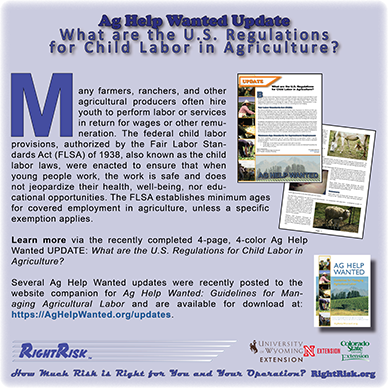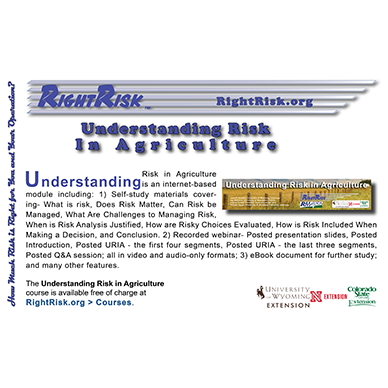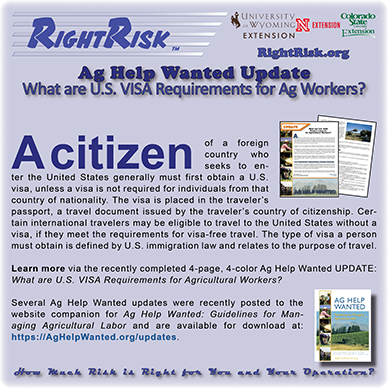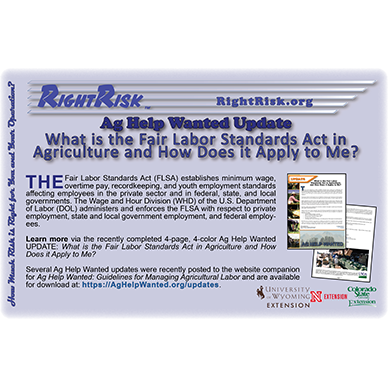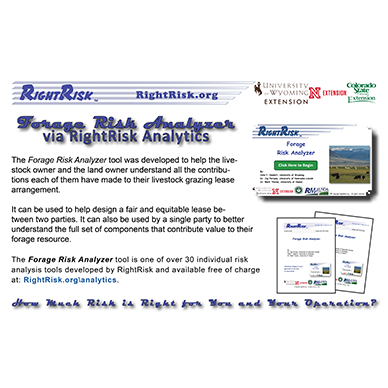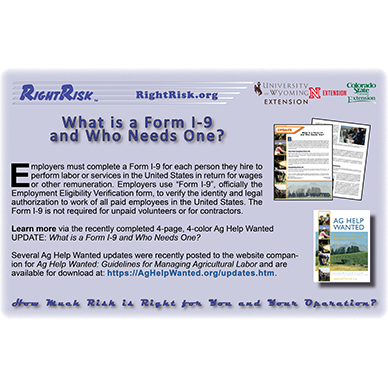MANY farmers, ranchers, and other agricultural producers often hire youth to perform labor or services in return for wages or other remuneration. The federal child labor provisions, authorized by the Fair Labor Standards Act (FLSA) of 1938, also known as the child labor laws, were enacted to ensure that when young people work, the work is safe and does not jeopardize their health, well-being, nor educational opportunities. The FLSA establishes minimum ages for covered employment in agriculture, unless a specific exemption applies.
Learn more via the recently completed 4-page, 4-color Ag Help Wanted UPDATE: What are the U.S. Regulations for Child Labor in Agriculture?
Several Ag Help Wanted updates were recently posted to the website companion for Ag Help Wanted: Guidelines for Managing Agricultural Labor and are available for download at: AgHelpWanted.org/updates.
